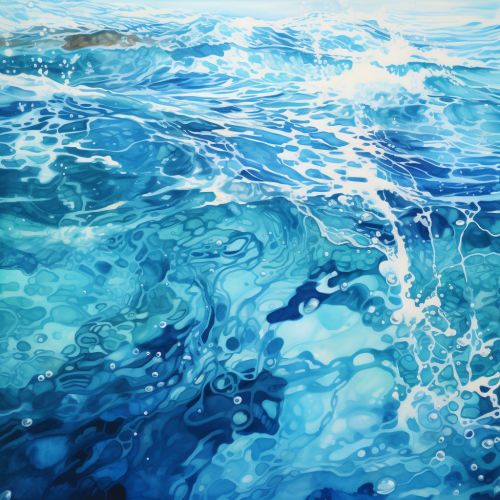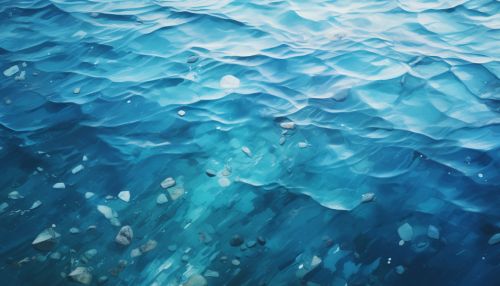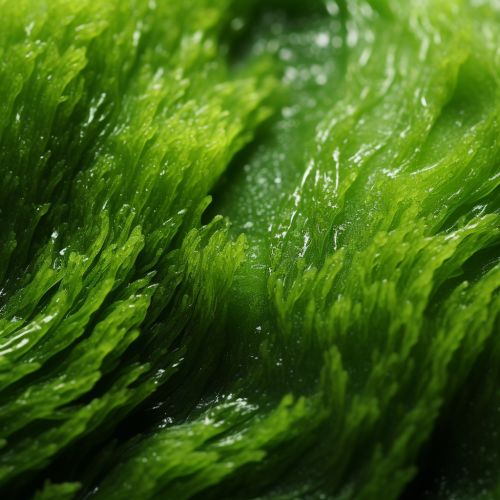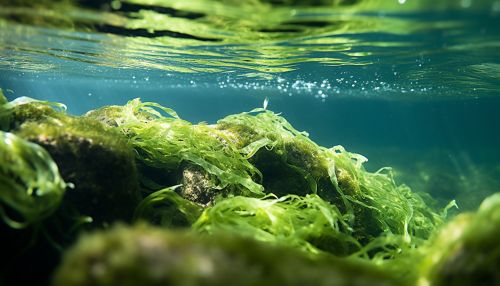Mechanisms of Trace Metal Uptake in Marine Algae
Introduction
Trace metals are essential for the growth and development of all organisms, including marine algae. They are taken up from the surrounding seawater in a process known as trace metal uptake. This article will explore the various mechanisms through which marine algae accomplish this task.
Trace Metals in Seawater
Seawater contains a variety of trace metals, including iron, zinc, copper, and manganese. These metals are present in minute concentrations, yet they are vital for the survival and growth of marine algae. They serve as cofactors in various enzymatic reactions, and their deficiency can lead to impaired growth and development.


Mechanisms of Trace Metal Uptake
Marine algae employ several mechanisms for the uptake of trace metals from seawater. These include passive diffusion, facilitated diffusion, and active transport.
Passive Diffusion
Passive diffusion is a process where trace metals move from an area of higher concentration (seawater) to an area of lower concentration (inside the algal cell) without the need for energy. This process is driven by the concentration gradient of the trace metal across the cell membrane.
Facilitated Diffusion
Facilitated diffusion is similar to passive diffusion, but it involves the use of carrier proteins. These proteins bind to the trace metal ions and facilitate their movement across the cell membrane. Like passive diffusion, this process is also driven by the concentration gradient and does not require energy.
Active Transport
Active transport is a process where trace metals are moved against their concentration gradient, from an area of lower concentration to an area of higher concentration. This process requires energy, which is provided by ATP. Active transport is facilitated by transport proteins, which bind to the trace metal ions and pump them into the cell.
Factors Influencing Trace Metal Uptake
Several factors can influence the uptake of trace metals by marine algae. These include the concentration of the trace metal in seawater, the pH of the seawater, the presence of other ions, and the physiological state of the algae.
Concentration of Trace Metals
The concentration of trace metals in seawater can greatly influence their uptake by marine algae. Higher concentrations of a trace metal can lead to increased uptake, while lower concentrations can limit uptake.
pH of Seawater
The pH of seawater can also influence the uptake of trace metals. Some trace metals are more soluble at lower pH, which can increase their availability for uptake. Conversely, higher pH can decrease the solubility of some trace metals, reducing their availability.
Presence of Other Ions
The presence of other ions in seawater can compete with trace metals for binding sites on the algal cell membrane, potentially reducing the uptake of trace metals.
Physiological State of Algae
The physiological state of algae can also influence the uptake of trace metals. For example, actively growing algae may have a higher demand for trace metals and thus exhibit higher uptake rates.
Role of Trace Metals in Algal Physiology
Trace metals play crucial roles in algal physiology. They serve as cofactors for various enzymes involved in photosynthesis, respiration, and nutrient assimilation. In addition, they play a role in the synthesis of pigments and vitamins.


Conclusion
Understanding the mechanisms of trace metal uptake in marine algae is crucial for predicting their response to changes in seawater chemistry. It can also provide insights into the role of trace metals in algal physiology and the broader marine ecosystem.
